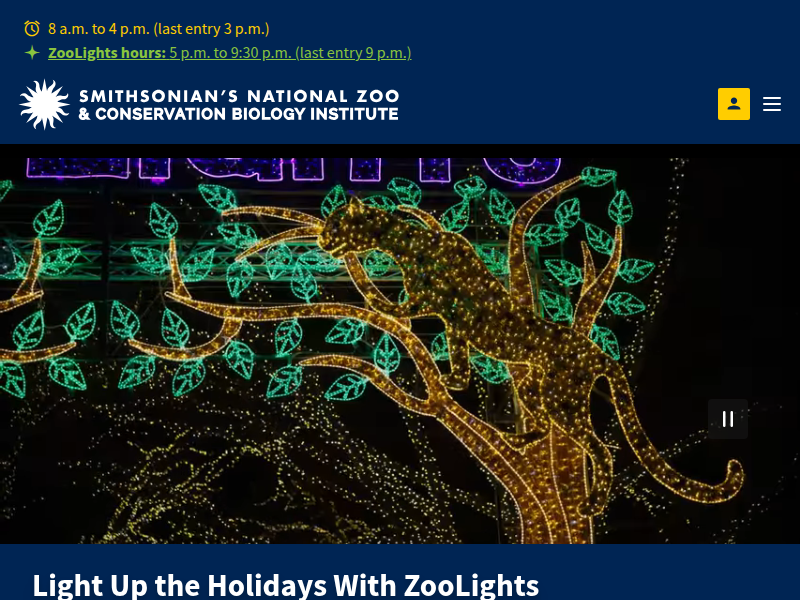Happy Amphibian Awareness Week 2023 | Smithsonian’s National Zoo and Conservation Biology Institute https://nationalzoo.si.edu/animals/news/happy-amphibian-awareness-week-2023
‚Hoppy‘ Amphibian Awareness Week! All week long, the Smithsonian’s National Zoo and Conservation Biology Institute will be sharing stories about amazing amphibians and the scientists working to save them from extinction.
Have you ever wondered what the difference between a reptile and amphibian is?

